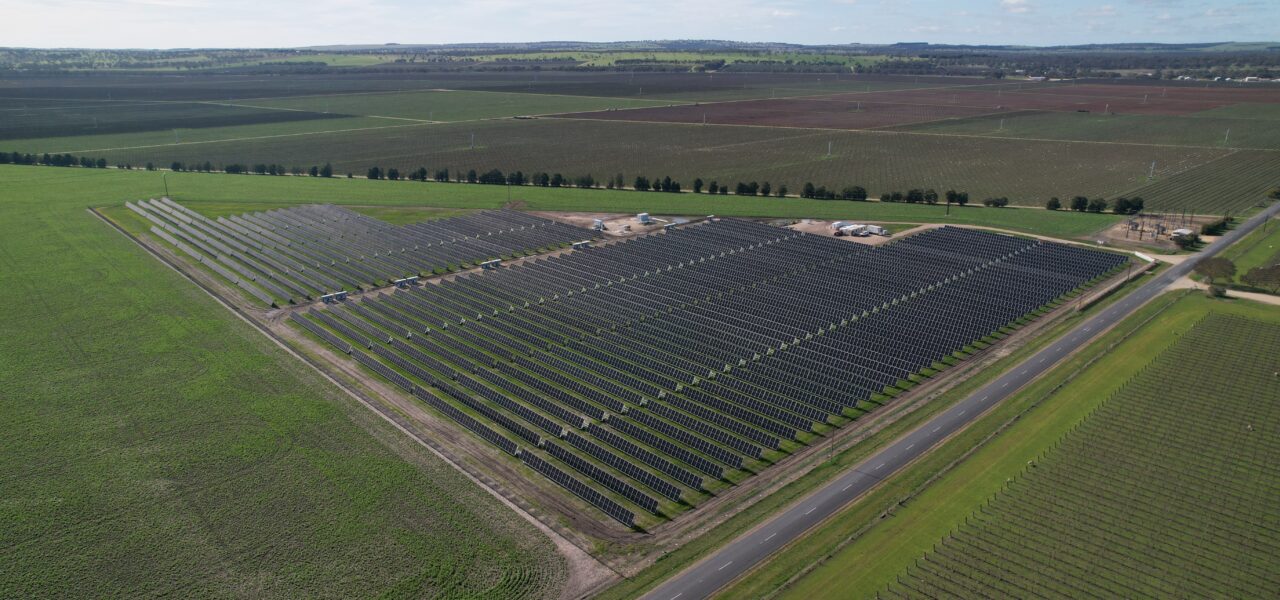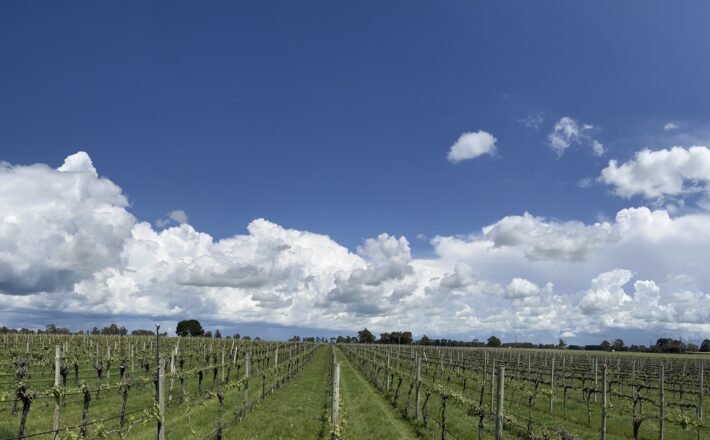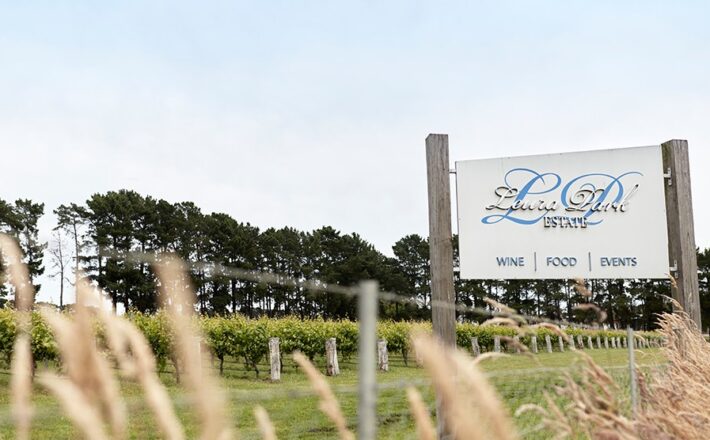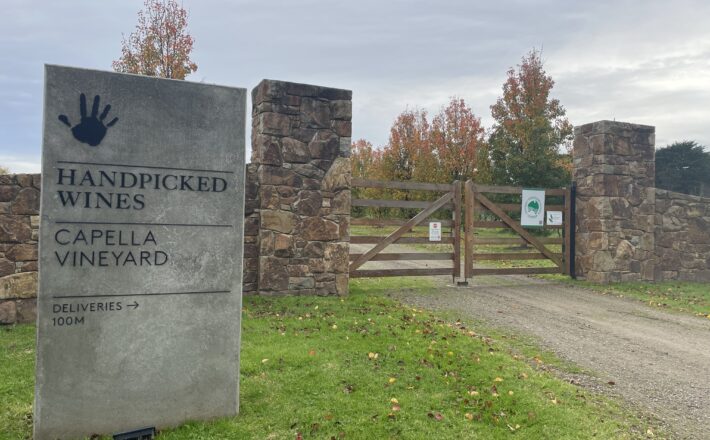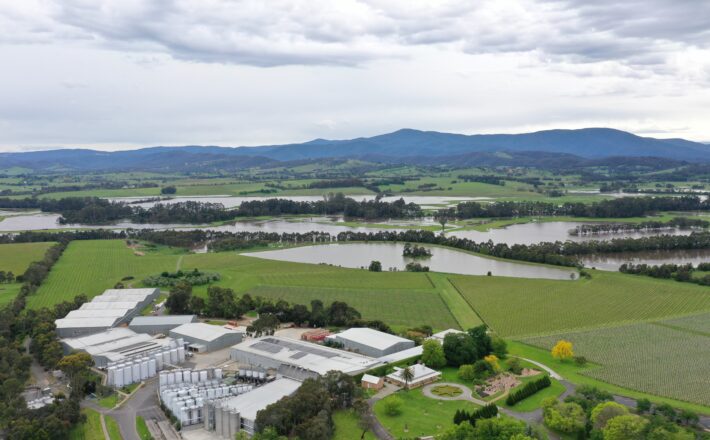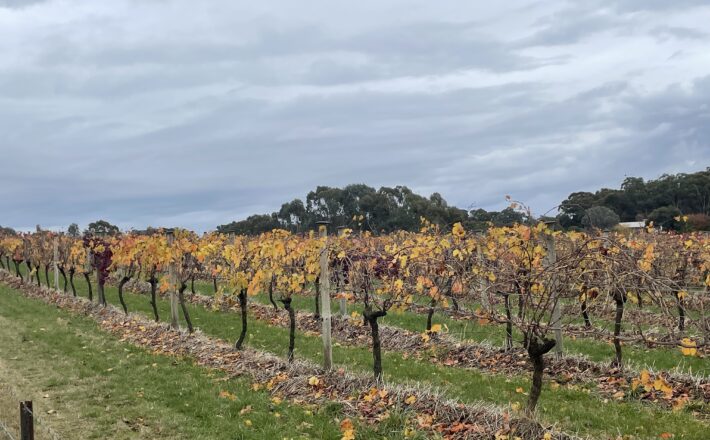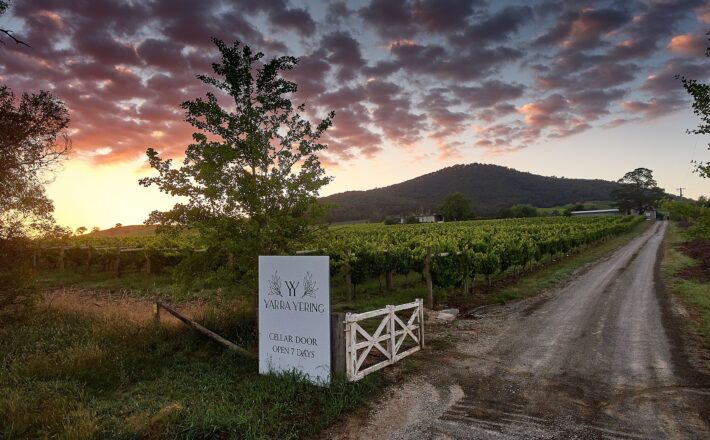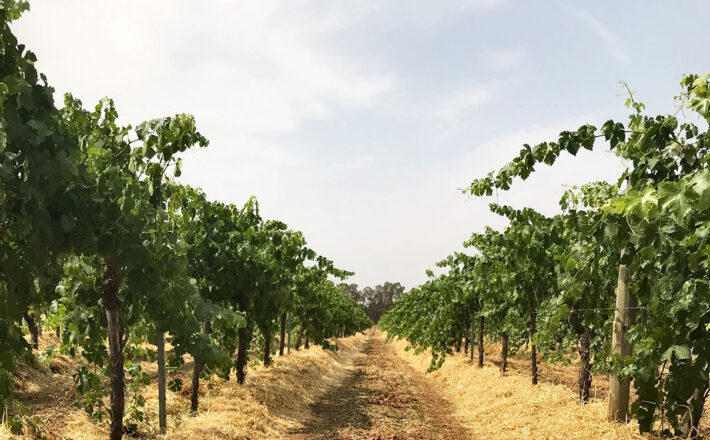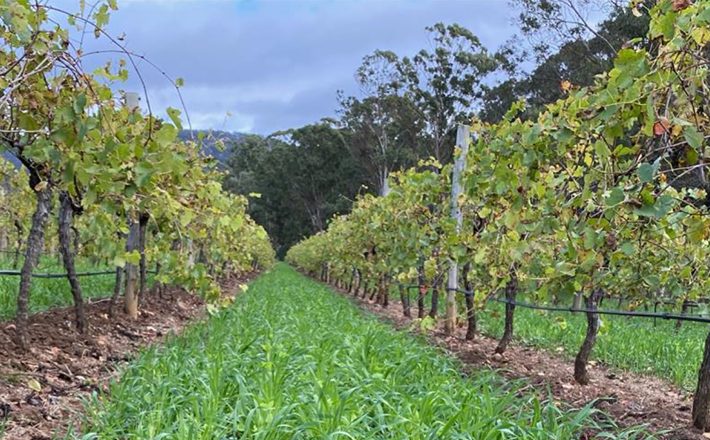The McElroy family have been farming in Padthaway, South Australia, since the 1930s. The family has a strong background in innovation and looking after the land where they live.
Casey Lodewyk is the third generation of the family to manage the land and she is passionate about improving the value of the land for future generations. Casey has continued the drive to innovate and nurture the land by planting biodiversity areas, implementing plant-based irrigation scheduling and hosting a solar farm.
The challenge:
What to do with an area of low-value land?
Prior to planting the first grapevines on their property, the McElroy family grew a range of small seed crops and developed a strong understanding of the soils and available water of the region. In 1998, the family used their knowledge of the land to identify the best suited patch to plant the first grapevines. The family continued to expand the vineyard for several years, planting areas which were unsuitable for growing high-quality seed crops. In 2017, the family identified an area of land which was unsuitable for both seed and grape production and was no longer economically viable. A range of alternative land uses were explored; however, none were ideal or would generate an income.
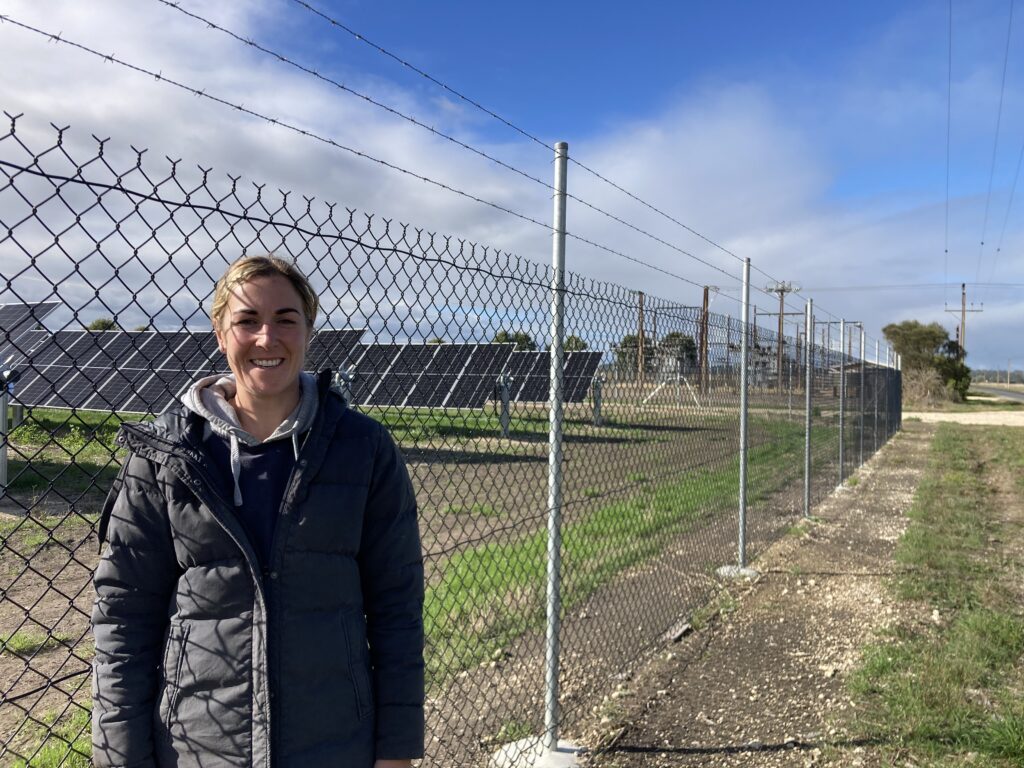
The Solution:
Converting unproductive land to harvesting solar energy
The following year, a solar energy company saw the potential of the land, which happened to be next to an electricity sub-station, and the McElroy family was asked whether they would consider installing a solar farm under a land lease arrangement. After entering into a contract with Red Mud Green Energy, an initial ‘construction’ payment was made and an annual lease fee agreed for the land over a thirty-year term.
There are provisions for an additional 2 x 5-year lease extensions and at the end of the
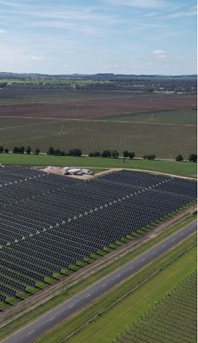
term, the energy company is required to return the ground to its original state, including the removal of all signs, infrastructure and fences. As part of the lease arrangement, the McElroy family are required to maintain the land within the solar farm area. There is currently good pasture in the area which is maintained by mowing but they are investigating grazing sheep within the area to reduce energy use.
The family is also required to plant a tree line around the solar farm which, if they do introduce sheep, will provide additional shelter.
Nurturing the land by planting biodiversity areas, implementing
plant-based irrigation scheduling and hosting a solar farm.
The Benefits:
Renewable energy generation and land preservation
The solar farm covers eleven hectares of land which now produces and exports 10,987,000 kWh of renewable electricity per year – enough to power 1,500 households. This equates to 2,561,509 kg CO2 emissions from normal electricity generation, equivalent to the CO2 produced by 996 4×4 vehicles annually (figures derived the National Transport Commission and the Australian Bureau of Statistics) or 109 tractors.
The benefits to the McElroy family include:
- A regular income from the land regardless of seasonal conditions
- Decreased requirement for inputs, especially fuel and fertiliser
- Complete land preservation and improvement for 40 years.
The McElroy family are passionate about ‘doing their bit’ to enhance the environment. Future plans including sheep grazing and biodiversity plantings are likely to reduce their energy use and provide habitat for birds and insects. The solar farm is a major addition and in combination with an innovative vineyard irrigation management system, household solar panels and batteries, is key to delivering their sustainability goals.
The solar farm produces and exports 10,987,000 kWh of renewable electricity per year – enough to power 1,500 households.
Acknowledgement
The McElroy Family Vineyards has been a member of Sustainable Winegrowing Australia since its launch in July 2019, and its predecessor program, Entwine since 2011.
This case study was developed by the Australian Wine Research Institute with support from Casey Lodewyk from McElroy Family Vineyard, the Limestone Coast Grape and Wine Council and the Limestone Coast Landscape Board, through funding from the Australian Government’s National Landcare program.
